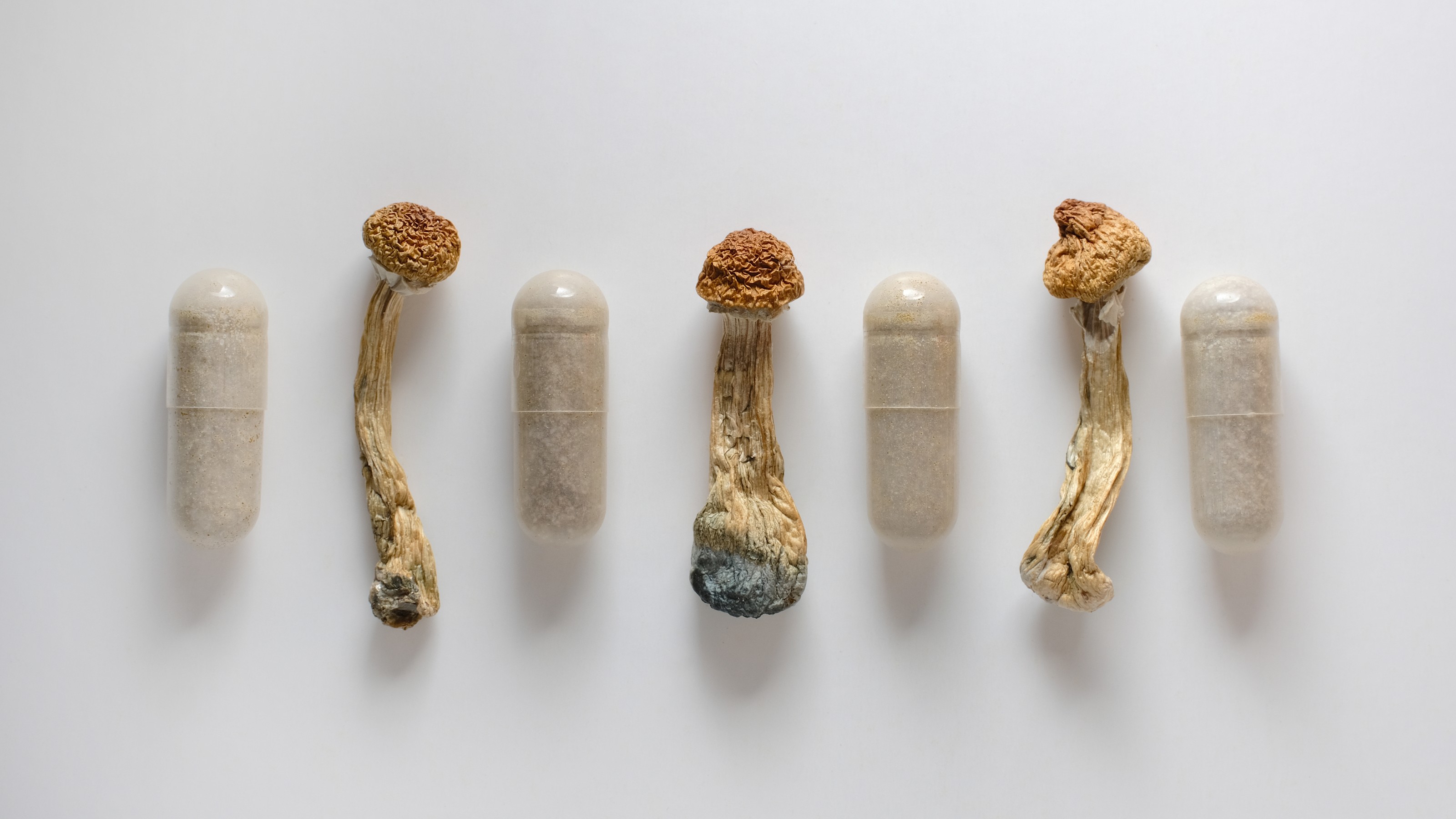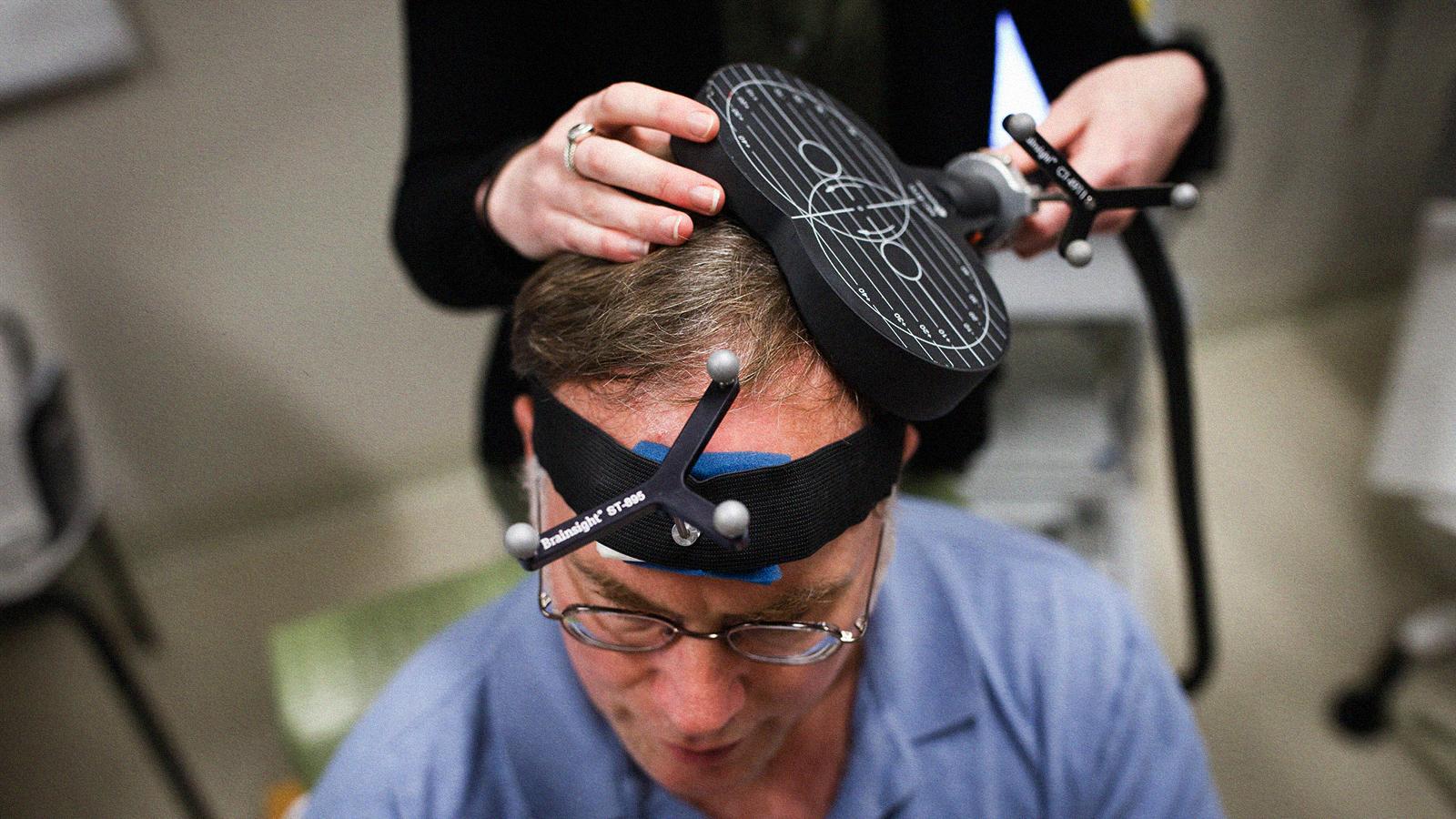Meet 5-MeO-DMT, the ‘powerful’ psychedelic that improves depression in one hour

Photo Credit: Pobytov / Getty Images
- A survey study found that around 80 percent of people using the psychedelic 5-MeO-DMT in a ceremonial setting said that their depression or anxiety improved following its use.
- The “mystical” experience of drug trip might allow people to gain unique insight into themselves or their relationships and make positive life changes.
- While the substance is found in the poison of the Sonoran Desert Toad, researchers say there is no reason to disturb the toad because the synthetic version of 5-MeO-DMT is identical in its effect.
A new, powerful — yet still relatively rare — hallucinogen called 5-MeO-DMT has made its way into United States psychedelic circles, and research is backing its use as an effective treatment for certain mental health conditions.
Said to be up to six-times more intense than its sensationalized cousin DMT, researchers have found strong evidence to suggest that 5-MeO-DMT could be used to treat anxiety, depression, and addiction more efficiently than psilocybin.
What is 5-MeO-DMT?
5-MeO-DMT, is an extremely potent natural psychedelic found in certain plants and the poisonous secretions of the Sonoran Desert Toad, also known as the Colorado River Toad. It can also be made synthetically in a lab.
Typically, the experience a person has after ingesting 5-MeO-DMT, a schedule 1 classified substance, is described as feeling unified with the universe or some holy, transcendent “other.” The perception of bright colors and recursive patterns are often associated with the experience. It can also lead to extreme nausea and confusion days after ingesting it.
Assistant Professor at Ohio State University Alan Davis, who is also affiliated with the Department of Psychiatry and Behavioral Sciences at John Hopkins University, has conducted two large-scale survey studies examining the use of 5-MeO-DMT in the general population and in a specific ceremonial group in the United States.
Despite reports dubbing it the “hottest new psychedelic” among trend setters in the United States, Davis’s research has found that the drug is still rare, and most people are using it for psycho-spiritual endeavors rather than for recreation. Typically, he says, it is used in a ritualistic setting with a specific process similar to what might be done during an ayahuasca ritual.
And, he emphasizes, it definitely isn’t a party drug.
“This is a very potent and powerful psychedelic substance that usually has an onset within seconds and a person is completely incapacitated,” he says. “They are completely in a whole different realm of consciousness for 20 to 60 minutes.”
Research in Treating Anxiety and Depression
In a survey study of 362 adults, Davis found that when administered in a ceremonial group setting with a knowledgeable facilitator, approximately 80 percent of people said that their depression or anxiety is improved following the use of 5-MeO-DMT.
According to Davis, this is likely because of the type of “mystical” experience one has on the drug trip, which allows the person to gain new, novel insight into themselves or their relationships through a shift in consciousness.
“This information, these experiences, seem to be really powerful and profound and they seem to help people to change, and to make different choices in their life,” says Davis.
Interestingly, this fits in with research on other psychedelic substances such as psilocybin, which has also been found to have significant anti-depression and anti-anxiety effects. One of the major downsides to the potential use of psilocybin in a clinical setting is that the psychedelic experience lasts four to six hours. Tacking on an extra hour before to get ready and after to ensure the patient is ready to be discharged, psilocybin would mean a whole day of treatment. That will add up to a very expensive session if it is eventually approved for public use, according to Davis.
Enter 5-Meo-DMT.
“One of the interesting things about 5-Meo-DMT is that the duration of effect is anywhere from 20 to 60 minutes,” says Davis. “You can start to imagine a world where if this was a medication, you could actually have someone there for more of a standard psychotherapy time frame and have an entire psychedelic healing experience.”
Because this treatment could more easily be scaled into our current mental health care, it would likely be more accessible to people who might benefit from the treatment. Currently, Davis is working with a larger team on creating a clinical trial with the aim to eventually look at the administration of the drug in a laboratory setting.
Although Davis’s team has heard of potential risks involved with use of the drug, in part because of instances of it being mis-administered, he says that the data indicates that in the right setting where facilitators pay proper attention to people’s well-being, users are having mostly positive experiences.

Image Source: BioBlitzEmily / Flickr
Leave the Toad in Peace
As far as researchers know, the only animal on Earth that produces the chemical compound is the Sonoran Desert Toad, although it is also found in some plant species.
But the mystical psychedelic association with the toad has facilitated an ecologically harmful market for the amphibian’s poisonous secretions. This has led researchers to strongly condemn the practice of harvesting the toads for the compound.
According to local Tucson naturalist Robert Villa, the toad produces is milky white poison as a defense mechanism, so there is no humane way to obtain it. People in the Sonoran Desert region, where the toad is native, have noticed a decline in the amphibians’ numbers likely due to the psychedelic community’s demand for 5-MeO-DMT.
“Traumatizing an animal (or plant) for personal benefit is fraught with ethical dilemmas,” Villa wrote in an email.
Faced with other threats to its habitat, the psychedelic blackmarket is one more problem the Sonoran Desert Toad doesn’t need. Davis stresses that there is no need to disturb the toads or their environments at all.
“What we’ve been able to show is that the synthetic version is no different in terms of the intensity or the positive effects of taking it compared to the toad,” says Davis. In fact, he found that most of the people he surveyed in his study were using the synthetic version of the drug.





